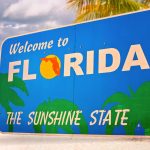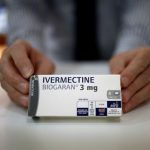#water #brain #body #hydrogen #10ACITY
“Our brains are made up of up to 85% water, which is why it is sensitive to little changes, and as little as 2% water loss can cause memory loss and weaken our concentration, attention, learning, and processing speed” — Paul Ebeling
Types Of Water
Tap Water is processed with basic filtration techniques like flocculation, which adds chemicals to the water to get particles to coagulate and float so that they can be removed; sand filtration, which filters out large pieces of debris; or chlorination, which adds chlorine to kill bacteria and microorganisms.
Despite tap water being considered drinkable by the EPA, it can lead to numerous problems. For one, chlorine is not ideal for human consumption—while our bodies can technically handle it, chlorine can lead to a variety of health complications and is potentially carcinogenic. There is also a risk of lead in tap water due to lead being present in the pipes that bring tap water to your home.
Spring Water is often mistaken for being equal or interchangeable with purified water. But, spring water often contains many of the same impurities found in well or tap water. In fact, since springs feed our rivers, there is a lot of spring water in our tap water! Spring water generally has the same TDS range as tap water.
Many spring water companies advertise their water as 100% pure what does that mean? The pure part refers to the source, not the water, in that 100% of that bottle’s contents came from an underground source.
Spring water often conjures up natural, pleasant imagery. In reality, most spring water is not actually bottled at the source, though some is, at the bottling facility, it goes through a carbon filtration process that separates spring from tap water, but good minerals remain.
Distilled Water is processed by boiling out any contaminants. Many contaminants include inorganic minerals or metals. Those impurities have a much higher boiling point than water’s boiling point of 212F. So, the steam that results from the boiling is captured and cooled and the water that results from the steam is what is classified as distilled water.
Filtered Water is what you are most likely to find in a grocery store. It is typically sourced from municipal tap water, which is then run through carbon filters to remove the chlorine and sometimes a micron filter. After the filtering, it is ozonated and bottled and shipped to market.
Purified Water goes through a process similar to what filtered water goes through, but with added steps like reverse osmosis, distillation, or deionization. The end result is purer tap water.
Water and Memory
Our brains are made up of up to 85% water, which is why it is sensitive to little changes.
As little as 2% water loss can cause memory loss and weaken concentration, attention, learning, and processing speed.
Since I learned about it, I drink ‘more than water’. I drink and recommend to all traders to drink 10ACITY. 10ACITY is a pure spring water that is infused with ultra-pure hydrogen gas.
Eat healthy, Be healthy, Live lively and Drink more Water









